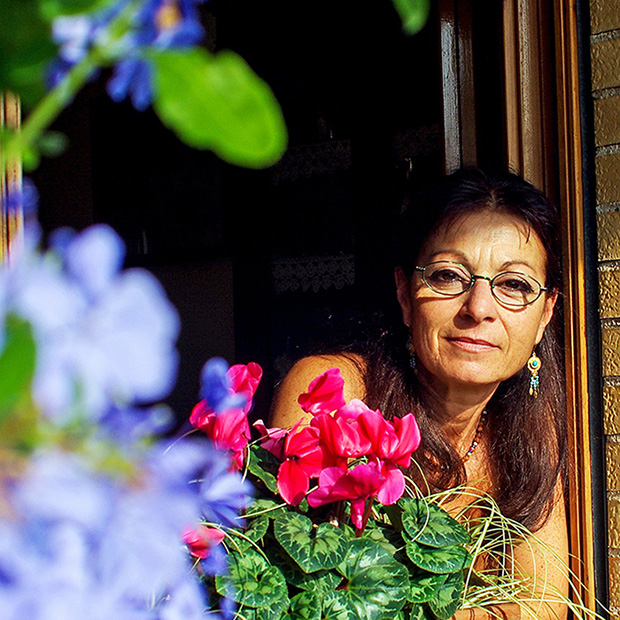Watching Out For Diabetic Eye Disease

The American Diabetes Association estimates that 23.1 million Americans have been diagnosed with diabetes.
At least another 7 million remain undiagnosed, and that still doesn’t include the additional millions who are considered pre-diabetic. But what does diabetes have to do with vision health? Unfortunately, quite a lot.
Diabetic Eye Disease
Diabetes is a chronic disease that either means the pancreas doesn’t produce insulin (type 1) or that the body doesn’t use it effectively (type 2 and gestational). Being diabetic opens the door to diabetic eye disease, which doubles the risk of visual impairment. There are three main eye diseases that fall under the umbrella of diabetic eye disease.
Glaucoma
Glaucoma is an eye disease where pressure builds inside the eye, which eventually damages the optic nerve and results in permanent blindness. Diabetes is one of the main causes of glaucoma. Symptoms include eye pain, eye redness, a halo effect around lights, tunnel vision, or sudden loss of vision.
Cataracts
The lens of the eye is filled with transparent proteins. A cataract occurs when these proteins clump together and become opaque, blocking vision. Adults with diabetes are up to five times more likely to develop cataracts. Fortunately, cataract removal surgery can reverse this type of vision loss in most cases.
Retinopathy
While non-diabetics can develop cataracts or glaucoma, diabetes is the leading cause of retinopathy worldwide. Elevated blood sugar can damage blood vessels in the eye, resulting in microscopic hemorrhages that are sometimes visible as dark blotches obscuring vision.
The eye will attempt to compensate for the damage and reduced blood flow to the retina by growing new blood vessels, but the new vessels are even more fragile and prone to bleeding, and if the condition advances far enough, it can cause diabetic macular edema (blurred central vision) or retinal detachment and blindness.
What You Can Do
Outside of our office, the best thing you can do to protect your vision is to keep your blood sugar as close to normal as possible. Normal blood sugar will reduce your risk of developing these eye diseases down to a level closer to that of someone without diabetes. However, if you experience any changes in your vision, don’t wait until your next regular appointment to come see us.
[iframe https://www.youtube.com/embed/sQ-0RkPu35o?rel=0&start=0&end=95 620 349]
The Optometrist’s Role
The most crucial factor in protecting your vision is early detection, which reduces the risk of blindness by 95 percent! Many conditions affecting the eye are slow and gradual, but sometimes symptoms are subtle or changes in vision are sudden. Regular visits are the best way to ensure that your vision stays on track.
